Could the mysterious particle be our window into studying dark matter?


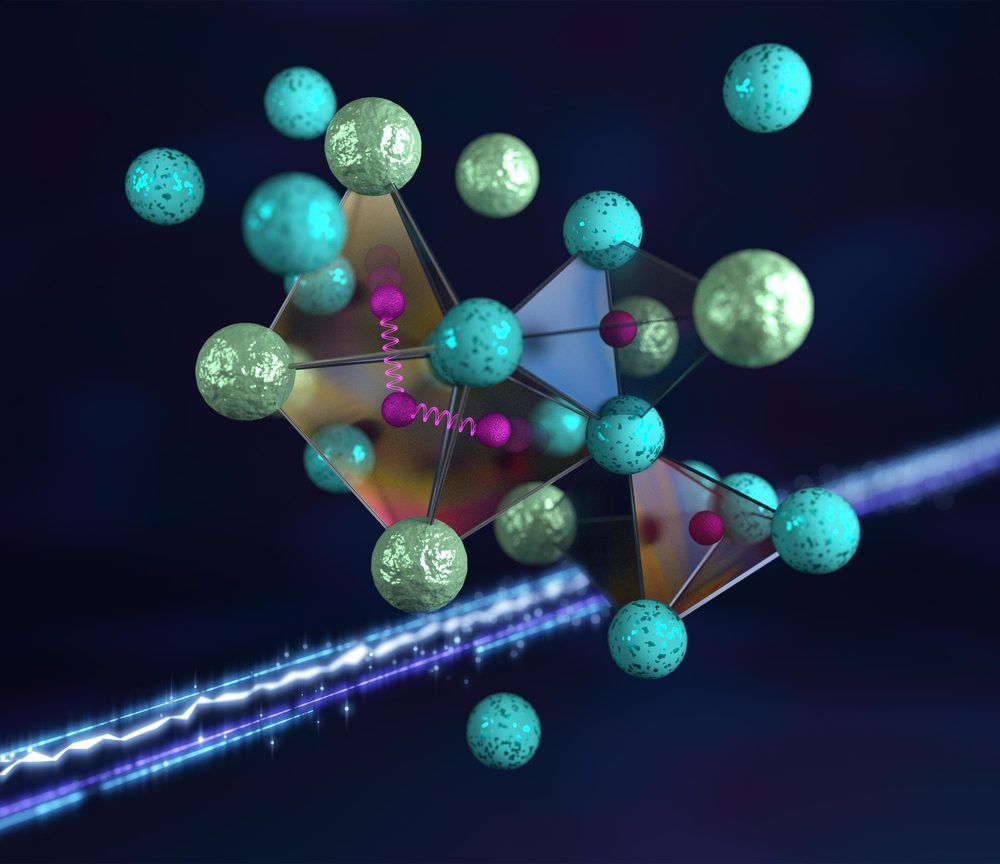
An international team of researchers has discovered the hydrogen atoms in a metal hydride material are much more tightly spaced than had been predicted for decades — a feature that could possibly facilitate superconductivity at or near room temperature and pressure.
Such a superconducting material, carrying electricity without any energy loss due to resistance, would revolutionize energy efficiency in a broad range of consumer and industrial applications.
The scientists conducted neutron scattering experiments at the Department of Energy’s Oak Ridge National Laboratory on samples of zirconium vanadium hydride at atmospheric pressure and at temperatures from −450 degrees Fahrenheit (5 K) to as high as −10 degrees Fahrenheit (250 K) — much higher than the temperatures where superconductivity is expected to occur in these conditions.
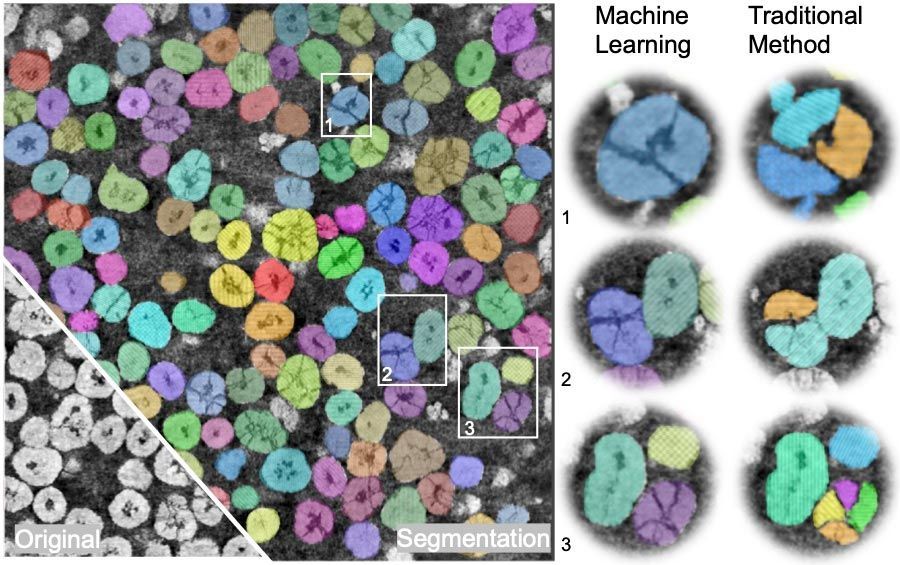
New machine learning methods bring insights into how lithium ion batteries degrade, and show it’s more complicated than many thought.
Lithium-ion batteries lose their juice over time, causing scientists and engineers to work hard to understand that process in detail. Now, scientists at the Department of Energy’s SLAC National Accelerator Laboratory have combined sophisticated machine learning algorithms with X-ray tomography data to produce a detailed picture of how one battery component, the cathode, degrades with use.
The new study, published this month in Nature Communications, focused on how to better visualize what’s going on in cathodes made of nickel-manganese-cobalt, or NMC. In these cathodes, NMC particles are held together by a conductive carbon matrix, and researchers have speculated that one cause of performance decline could be particles breaking away from that matrix. The team’s goal was to combine cutting-edge capabilities at SLAC’s Stanford Synchrotron Radiation Lightsource (SSRL) and the European Synchrotron Radiation Facility (ESRF) to develop a comprehensive picture of how NMC particles break apart and break away from the matrix and how that might contribute to performance losses.
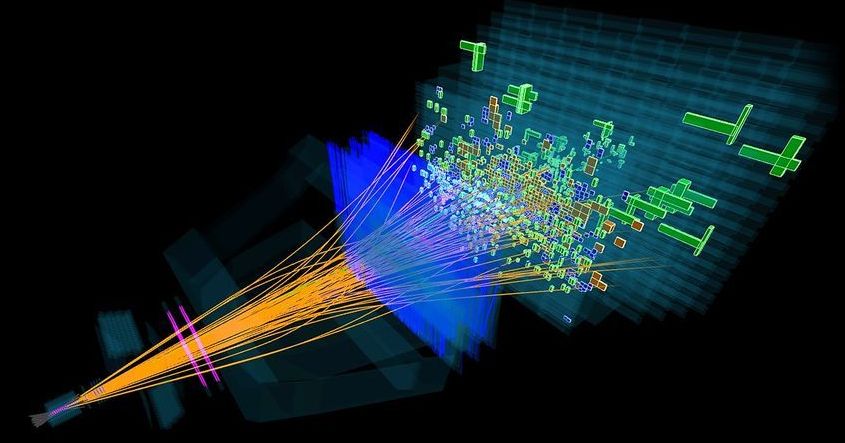
In their latest analysis, first presented at a seminar in March, the LHCb physicists found that several measurements involving the decay of B mesons conflict slightly with the predictions of the standard model of particle physics—the reigning set of equations describing the subatomic world. Taken alone, each oddity looks like a statistical fluctuation, and they may all evaporate with additional data, as has happened before. But their collective drift suggests that the aberrations may be breadcrumbs leading beyond the standard model to a more complete theory.
“For the first time in certainly my working life, there are a confluence of different decays that are showing anomalies that match up,” said Mitesh Patel, a particle physicist at Imperial College London who is part of LHCb.
The B meson is so named because it contains a bottom quark, one of six fundamental quark particles that account for most of the universe’s visible matter. For unknown reasons, the quarks break down into three generations: heavy, medium, and light, each with quarks of opposite electric charge. Heavier quarks decay into their lighter variations, almost always switching their charge, too. For instance, when the negatively charged heavy bottom quark in a B meson drops a generation, it usually becomes a middleweight, positively charged “charm” quark.
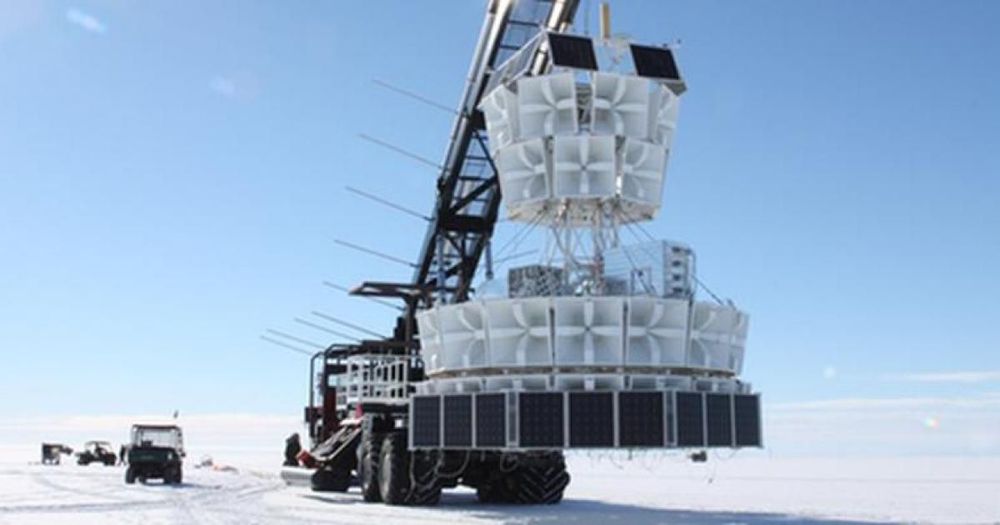
NASA has conducted an experiment in Antarctica, which has revealed new evidence that a parallel universe exists, except the rules of physics, are the opposite of ours.
Physicists have been debating among one another since 1952 of the possibility of a multiverse, whereby many universes exist parallel to ours. These universes could have different laws of physics, or even be similar to ours — just with different timelines.
The original theory was proposed by Quantum science pioneer Erwin Schrodinger, and even he admitted that he might have seemed a little crazy when he hosted that lecture. But now a new discovery has pushed scientists to reconsider if his theory is really as far-fetched as they thought it was. A cosmic ray detection experiment in Antarctica found a particle that very well may be from another universe.

Decoherence is the bane of quantum technologies. In coherent systems, the phase of the wave functions representing the quantum states of particles in the system have definite relations between each other. This allows quantum devices to operate in a meaningful way that differs from classical devices. However, interacting with the world around us rapidly leads to decoherence, which makes it harder to exploit quantum effects for enhancing computation efficiency or communication security. Research has shown that quantum systems with impressively long coherence times are possible in diamond, but diamond is far from the favorite for manufacturers. Now, researchers at the University of Science and Technology in Hefei and Wuhan University in China have demonstrated SiC can boast some of the quantum merits of diamond with the additional advantage of optical control at the wavelengths used by the telecommunications industry.
The defects prized for quantum technologies are nitrogen-vacancy (NV) centers, in which a carbon atom in diamond is replaced by a nitrogen with a missing carbon at the neighboring crystal lattice site. What makes this kind of defect interesting for quantum technologies is that you can control its quantum spin states with light and produce photon-spin entanglement with long coherence times, even at room temperature. The difficulties arise when trying to position the technology in the real world as opposed to the lab. The photon-spin interactions for NV centers in diamond need light at visible wavelengths—telecommunications wavelengths are much longer. In addition, these finely engineered devices need to be hacked out of one of the hardest (and most expensive) materials known to man, one that industry does not have established nanofabrication protocols for.
It turns out there are types of defects in SiC that might also be useful for quantum technologies. SiC is widely used in power electronics, so commercially viable avenues for producing SiC devices already exist. Over the past 10 years, vacancies and divacancies (where one or a pair of atoms in the lattice are absent) in SiC began to attract interest when researchers learned that they could also control their spin states with light at room temperature with long coherence times. The observation of NV centers in SiC really piqued interest, as these were optically active at the wavelengths used by the telecommunications industry as opposed to the shorter visible wavelengths needed to control the spin states of vacancies and divacancies in SiC.
Circa 2011
Scientists at M.I.T’s Media lab have created a camera that can capture the speed of light, taking a photo in less than two-trillionths of a second. Using multiple cameras, sensors, a pulse light source and mirrors, the researchers create slow motion movies of light moving through objects and liquids. They call the technique femto-photography. “We have built a virtual slow motion camera where we can see photons, or light particles through space,” said Associate Professor Ramesh Raskar in an video interview. “Photons travel about a million times photons travel a million times faster than bullets. So our camera can see photons, or bullets of light traveling through space.”
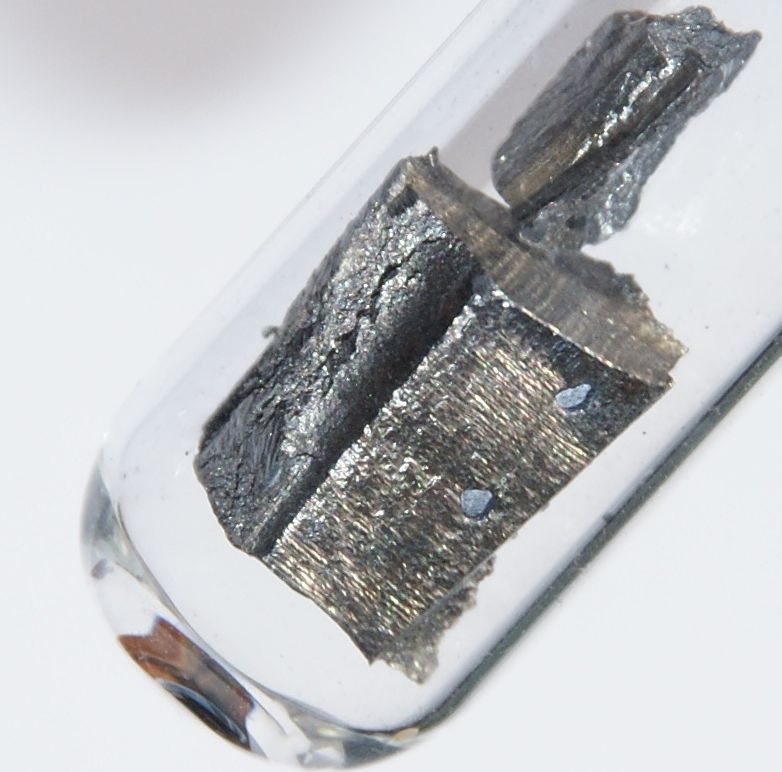
Most of us are familiar with the four classical states of matter – solid, liquid, gas and plasma – but there’s a whole world of exotic states out there. Now, physicists at Radboud and Uppsala Universities have identified a new one named “self-induced spin glass,” which could be used to build new artificial intelligence platforms.
Magnetism usually arises when the electrons in the atoms of a material all spin in the same direction. But in a spin glass, the atomic magnets have no order, all spinning in random directions. The “glass” part of the name comes from the similarities to how atoms are arranged amorphously in a piece of regular old glass.
So far spin glasses have only been found in certain alloys, but now, researchers have discovered that the state occurs naturally in the pure element neodymium. To differentiate it from the alloy version, they’ve called the new state self-induced spin glass.
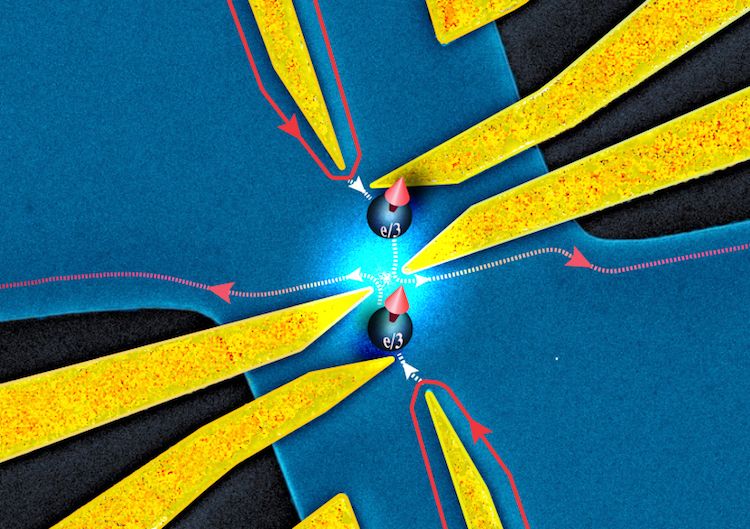
Anyons – the particle-like collective excitations that can exist in some 2D materials – tend to bunch together in a two-dimensional conductor. This behaviour, which has now been observed by physicists at the Laboratory of Physics of the ENS (LPENS) and the Center for Nanoscience and Nanotechnologies (C2N) in Paris, France, is completely different to that of electrons, and experimental evidence for it is important both for fundamental physics and for the potential future development of devices based on these exotic quasiparticles.
The everyday three-dimensional world contains two types of elementary particles: fermions and bosons. Fermions, such as electrons, obey the Pauli exclusion principle, meaning that no two fermions can ever occupy the same quantum state. This tendency to flee from each other is at the heart of a wide range of phenomena, including the electronic structure of atoms, the stability of neutron stars and the difference between metals (which conduct electric current) and insulators (which don’t). Bosons such as photons, on the other hand, tend to bunch together – a gregarious behaviour that gives rise to superfluid and superconducting behaviours when many bosons exist in the same quantum state.
Within the framework of quantum mechanics, fermions also differ from bosons in that they have antisymmetric wavefunctions – meaning that a minus sign (that is, a phase φ equal to π) is introduced whenever two fermions are exchanged. Bosons, in contrast, have symmetric wavefunctions that remain the same when two bosons are exchanged (φ=0).

There has been plenty of empirical evidence which shows that the single-particle picture holds to a good approximation in atomic nuclei. In this picture, protons and neutrons move independently inside a mean-field potential generated by an interaction among the nucleons. This leads to the concept of nuclear shells, similar to the electronic shells in atoms. In particular, the magic numbers due to closures of the nucleonic shells, corresponding to noble gases in elements, have been known to play an important role in nuclear physics. Here we propose a periodic table for atomic nuclei, in which the elements are arranged according to the known nucleonic shells. The nuclear periodic table clearly indicates that nuclei in the vicinity of the magic numbers can be understood in terms of a shell closure with one or two additional nucleons or nucleon holes, while nuclei far from the magic numbers are characterized by nuclear deformation.